NASA has just received a significant boost in the agency’s current budget after both chambers of Congress passed the $1.1 Trillion 2016 omnibus spending bill this morning, Friday, Dec. 18, which funds the US government through the remainder of Fiscal Year 2016.
As part of the omnibus bill, NASA’s approved budget amounts to nearly $19.3 Billion – an outstandingly magnificent result and a remarkable turnaround to some long awaited good news from the decidedly negative outlook earlier this year.
This budget represents an increase of some $750 million above the Obama Administration’s proposed NASA budget allocation of $18.5 Billion for Fiscal Year 2016, and an increase of more than $1.2 Billion over the enacted budget for FY 2015.
Space enthusiasts worldwide should rejoice at this tremendously positive budget news for NASA – which enables the agency to move forward with its core agenda of human spaceflight, robotic exploration, and science and technology research and development programs.
The Federal spending bill first passed the House by an overwhelming vote of 316 to 113. It then moved to the Senate where it passed easily by a vote of 65 to 33, in one of the final acts of Congress this year before they adjourn for the Christmas holiday season. President Obama announced he will sign the bill.
After a contentious year of high states political brinkmanship that could easily have ended in another government shutdown this week, the US Congress and the Obama White House did the nearly unimaginable and decided to strike a compromise and pass the omnibus spending bill for the 2016 Fiscal Year that funds the government and NASA for the remainder of this year’s budget season through September 2015.
Committees in both chambers passed bills earlier this year with much less funding for NASA and far different space exploration priorities compared to President Obama. The outlook for the entire Federal budget changed mightily in the past two months under the new House speaker, Republican Paul Ryan who replaced outgoing Speaker John Boehner. Ryan worked with the President and the Democratic party leadership to craft the compromise US Federal budget that passed today.
Under the newly passed Fiscal Year 2016 NASA Budget, virtually all of the agency’s programs benefit with either full or added funding.
The SLS, Orion, Commercial Crew and Planetary Sciences among others are all big beneficiaries of the omnibus budget compromise.
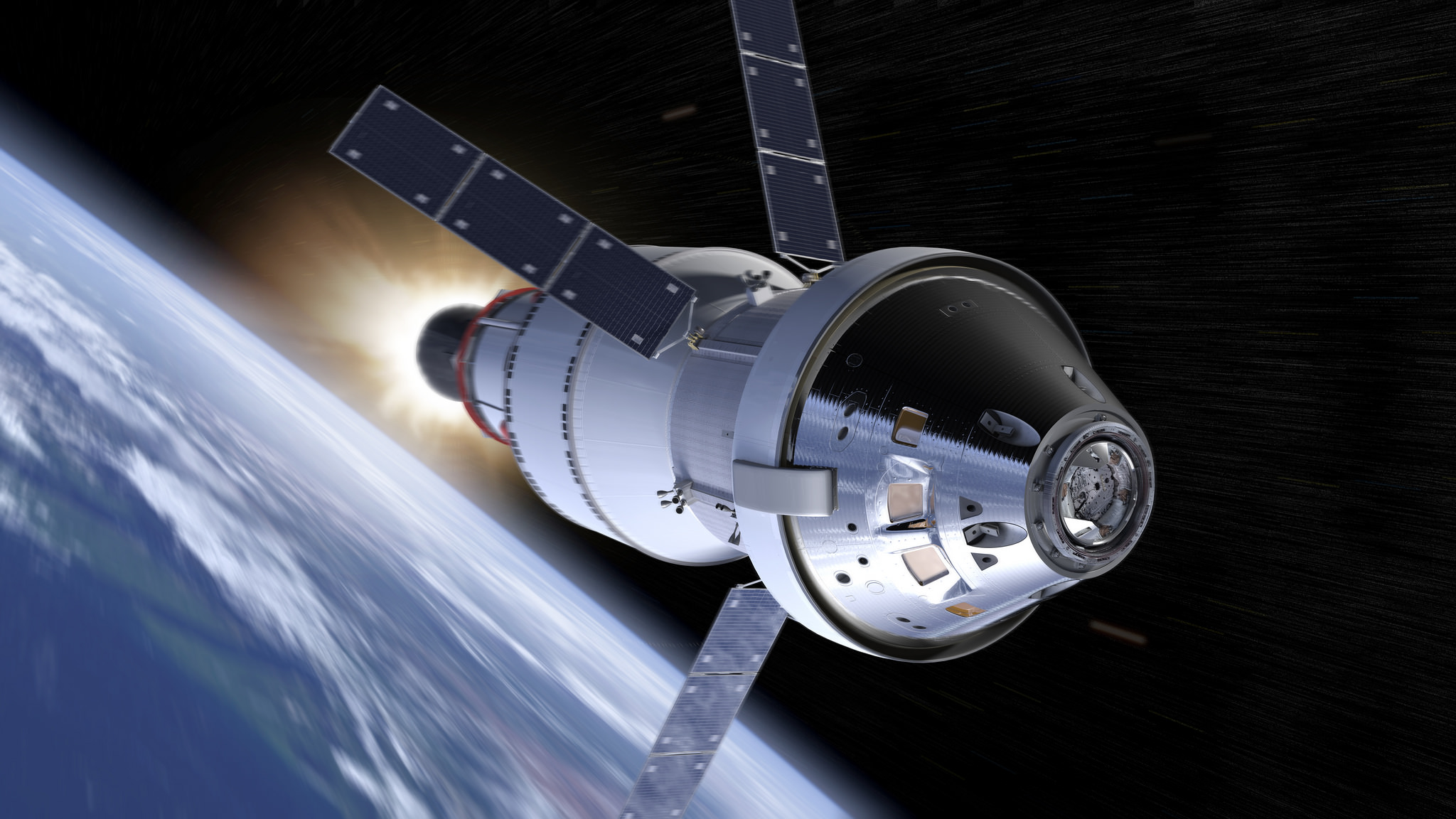
Sending humans to Mars by the 2030s is NASA’s agency-wide goal as announced by NASA Administrator Charles Bolden.
To accomplish the ‘Journey to Mars’ initiative, NASA is developing the mammoth Space Launch System (SLS) heavy lift rocket and the state of the art Orion deep space crew capsule.
The SLS is one of the bigggest winners. SLS will receive $2 Billion in the FY 2016 budget, compared to an Obama Administration request of only $1.36 billion that was actually a cut from the prior year. This new total represents a nearly 50% increase and is also above earlier House and Senate bills.
The Orion crew capsule receives $1.27 Billion, an increase of $70 million above the fiscal year 2015 level.
The SLS will be the most powerful rocket the world has ever seen starting with its first liftoff. It will propel our astronauts on journey’s further into space than ever before.
Blastoff of the first SLS heavy lift booster (SLS-1) carrying an unmanned test version of NASA’s Orion crew capsule is targeted for no later than November 2018.
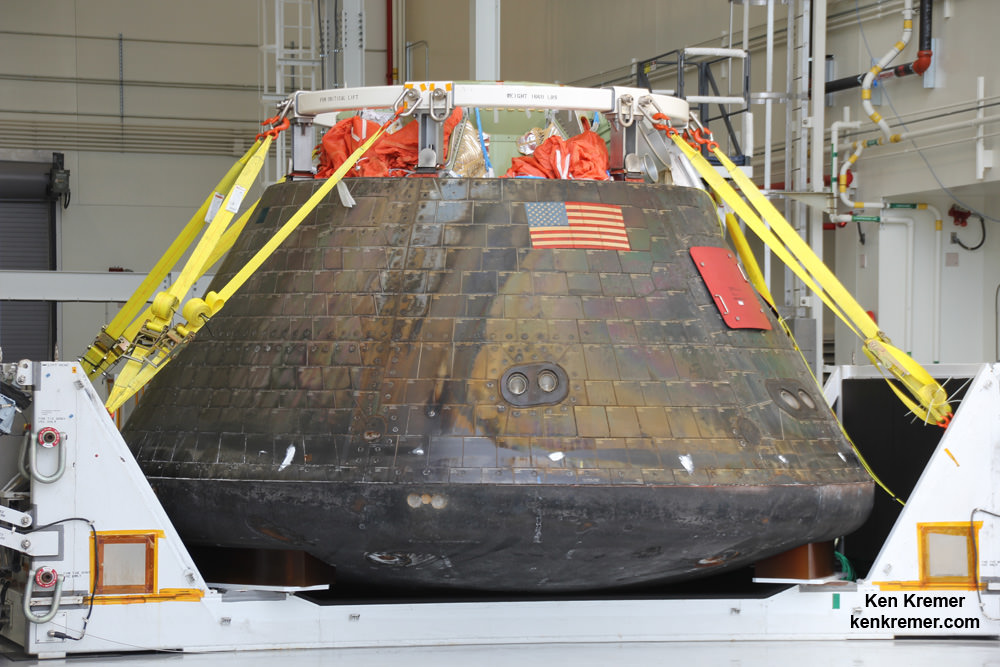
The maiden SLS test flight with the uncrewed Orion is called Exploration Mission-1 (EM-1) and will launch from Launch Complex 39-B at the Kennedy Space Center (KSC).
The bill also directs NASA to use $85 million of the SLS funding to develop a new, enhanced cryogenic upper stage to replace the Interim Cryogenic Propulsion Stage (from the Delta IV rocket) that currently will be utilized on SLS-1.
NASA needs the enhanced upper stage to carry out future manned missions with Orion to deep space destinations like the Moon, Asteroids and Mars.
NASA had been marching towards an August 2021 liftoff for the maiden crewed Orion on a test flight dubbed Exploration Mission-2 (EM-2). But in August, the agency announced that EM-2 could slip two years from 2021 to 2023 due to a variety of budget and technical issues.
So the 2016 budget plus up could aid NASA significantly in trying to maintain the still officially targeted 2021 launch date.
NASA’s other human spaceflight pillar, namely the Commercial Crew Program (CCP) to develop a pair of human rated ‘space taxis’ to transport our astronauts to the low Earth orbit and the International Space Station (ISS) is also a big beneficiary.
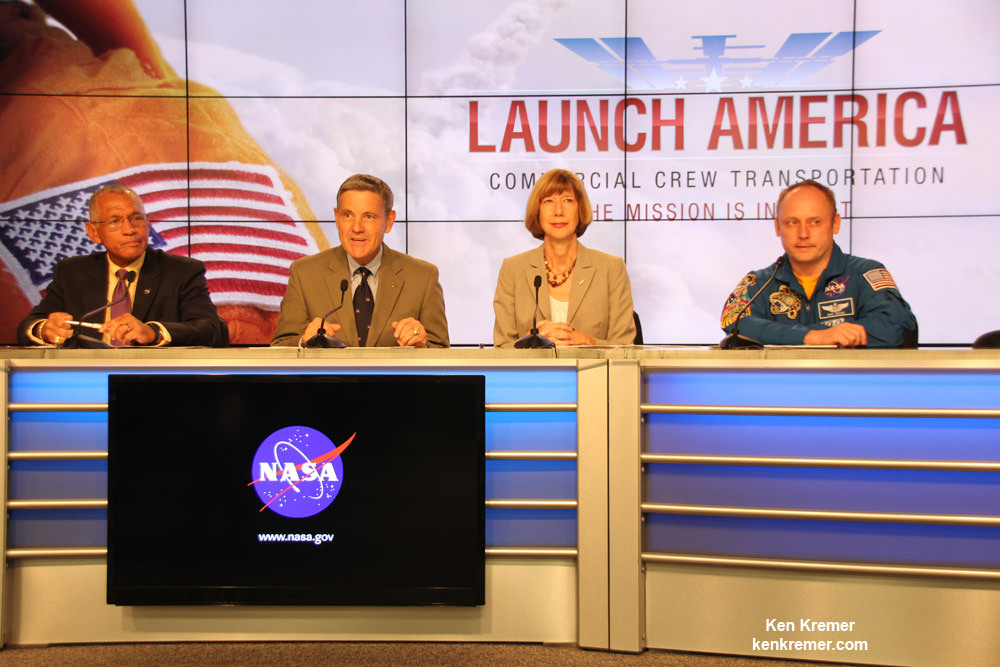
The goal of CCP is to end the US sole reliance on the Russian Soyuz manned capsule at a cost of hundreds of millions of dollars and to restore the US Human spaceflight capability to launch our astronauts on American rockets from American soil.
For the first time in its five year history, CCP will receive the full funding requested by the Obama Administration – in the amount of $1.244 Billion. Whereas earlier markups by both the House and Senate had cut CCP funding to $1 Billion or below.
Under CCP awards announced by Bolden in September 2014, NASA had contracted Boeing to develop the CST-100 Starliner and SpaceX to develop the Crew Dragon.
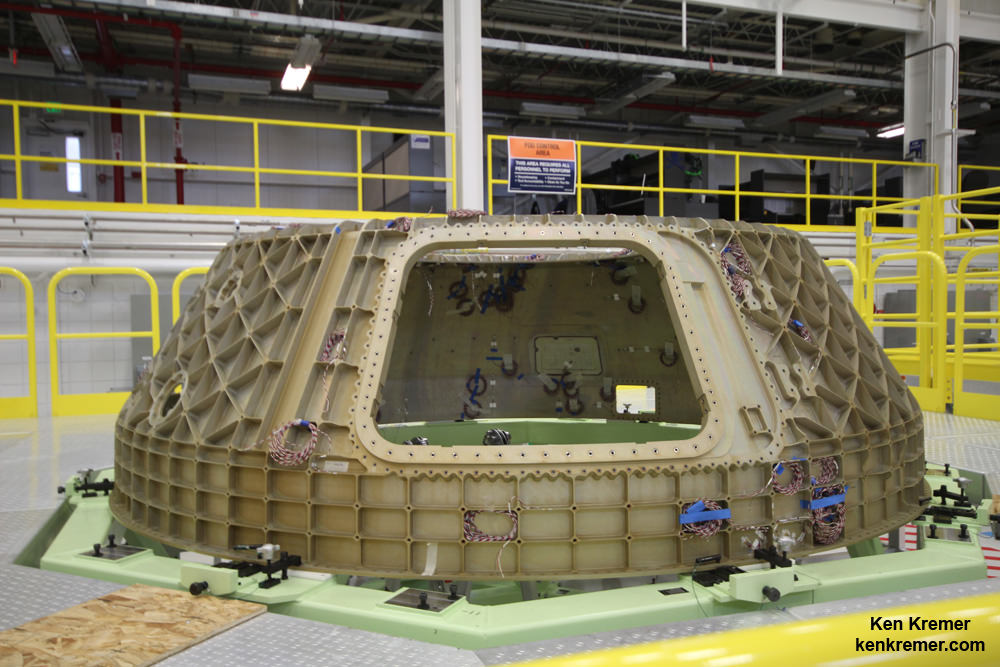
Bolden had made it completely clear to Congress that any reduced funding would have forced NASA into slowing the program with another substantial delay in first launch now targeted for 2017, by renegotiating the CCP contracts with both Boeing and SpaceX and delaying completion of the required milestones.
“It would upend the investments we need to execute contracts with Boeing and SpaceX to return the launches of American astronauts to American soil and to do it by 2017,” wrote Bolden in his NASA blog.
NASA’a Planetary Sciences Division also gets a much earned and much needed big budget boost. The omnibus bill affords $1.631 billion for Planetary exploration. This amounts to an increase of some $270 million above the Obama administration’s request – which has repeatedly cut of one of NASA’s crown jewels.
Congress has had the good sense to save the long lived and very scientifically productive Opportunity MER rover and Lunar Reconnaissance Orbiter (LRO) missions from certain termination – due only to a ridiculous lack of money that was “zeroed out” by the White House.
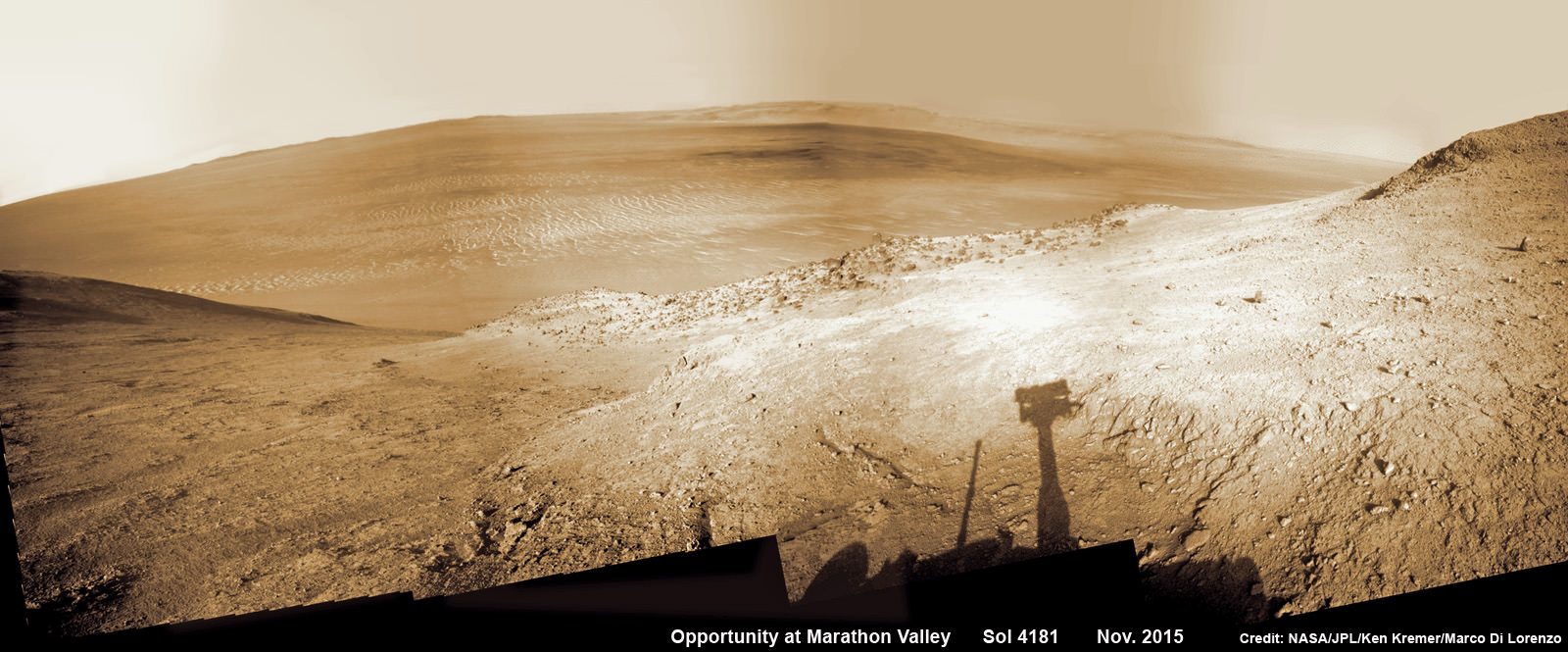
The omnibus bill also appropriates $175 million for NASA’s planned mission to Jupiter’s moon Europa in the early 202os. It includes funding for both an orbiter and lander. Europa is a prime target in the search for life.
The James Webb Space Telescope (JWST) receives the Administrations full funding request of $620 million to keep it on track for launch in 2018.
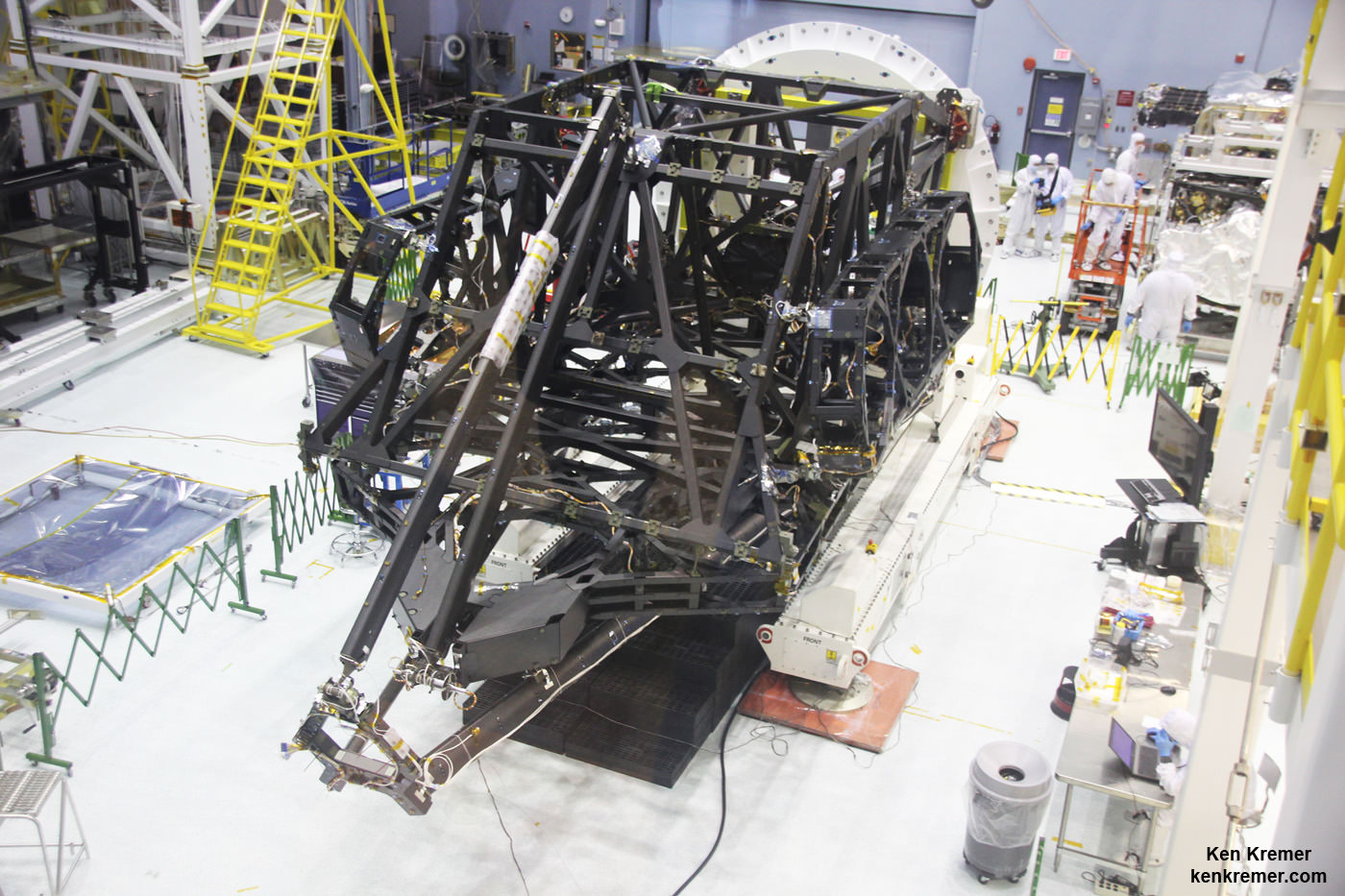
Stay tuned here for Ken’s continuing Earth and Planetary science and human spaceflight news.


YES… This great news makes my day! Imagine… a Christmas present from Congress… who would have thought THAT would happen? GO NASA!
Thanks USA Congress! Thank goodness NASA can continue its work which provides priceless inspiration to many on the planet..